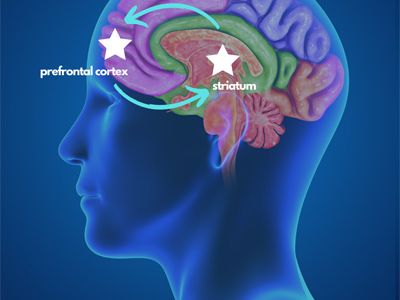Sharon Lipinski

Sharon Lipinski

The Transformative Impact of Training for Frontline Managers
Frontline managers are crucial because they bridge organizational goals and frontline employees. They significantly influence workplace dynamics and performance outcomes. In this context, my company surveyed 110 safety professionals and interviewed 10 safety professionals across various industries – including construction, utility, wind energy, public works and manufacturing – to gain insights into the current state […]

Does Positive Feedback Improve Safety?
Our client is an international utility company with more than 10,000 employees that provides electric and natural gas to 20 million U.S. customers. Their vision is to achieve a generative safety culture in which both employees and leaders are actively engaged. Characteristics of a generative safety culture include proactively resolving issues, focusing on leading indicators, […]

‘But I Don’t Wanna’: 6 Sources of Employee Resistance
“I forgot.” “I don’t want to.” “It’s not that serious.” “It won’t happen to me.” If your employees are forgetting, ignoring, pushing back against or actively resisting the protections you’ve put in place to ensure their safety, then you know how frustrating it can be to get them to follow the rules. Crafting a safety […]

The Biological Basis of Complacency
The adverse effects of complacency in the workplace have long been an ongoing source of concern in the safety community. What is not agreed upon is the reason for this problem. In my own experience, I have noticed that safety professionals use the term “complacency” in different ways to refer to different kinds of events.

The Antidote to Complacency and Familiarity
Safety managers know that when an employee has done a particular task many times, that individual can become so familiar with the action that they no longer have to pay close attention while performing the work. As they become complacent in their ability to successfully complete the task, the risk of accident increases. But familiarity […]

